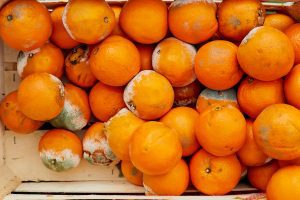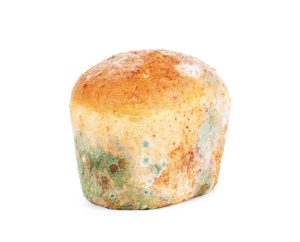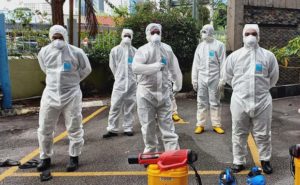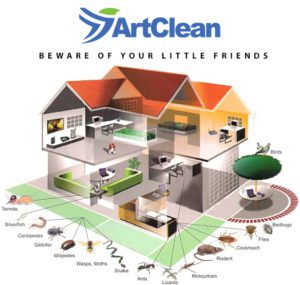The Four Types of Food Contamination
1. Physical Contamination

When a food is contaminated by foreign objects, it is called physical contamination. This is usually unintentional or the result of negligence on the part of employees.
Hair, jewellery, dirt, plastic, and even insect corpses are examples of physical contaminants.
These items may contain hazardous bacteria, which may endanger the health of customers.
Prevention
– Adhere to proper dress code guidelines, such as wearing a hairnet and taking off jewellery.
– Create a comprehensive pest management plan.
– Immediate replacement of damaged equipment and premises.
– Make sure food is properly covered and stored.
2. Biological Contamination

The most common cause of food poisoning is biological contamination.
It happens when diseases and microbes, including viruses, bacteria, molds, parasites, fungus, and toxins contaminate food.
Undercooking food, poor employee food handling manners, and when food is not stored properly at the right temperature are all possible causes.
Prevention
– Clean and sanitise all food contact surfaces and equipment on a regular basis
– Maintain high standards of hygiene and sanitation among staff and on the premises
– Store foods at the right temperature to avoid dangerous germs
3. Chemical Contamination
Chemical contamination happens when a food is contaminated by a chemical substance during the whole food manufacturing chain.
The examples of chemical contaminants include cleaning solvents, pest control sprays, or other chemicals.
Prevention
– Look for approved suppliers who can guarantee the safety of the food they provide.
– When using chemicals, follow the manufacturer’s instructions.
– Avoid storing chemicals near the area where food is stored.
4. Cross-contamination
Cross-contamination occurs when germs or other microbes are moved accidentally from one object to another.
The spread of bacteria between raw and cooked food is the most common example of this type of contamination.
Prevention
– Keep raw food preparation such as locations, equipment, utensils, and clothes distinct from cooked food preparation areas, equipment, utensils, and fabrics.
You may find us on LinkedIn, YouTube, Twitter, and Facebook if you want to learn more.
Please do not hesitate to contact us if you have any additional questions or recommendations. We look forward to hearing from you!






